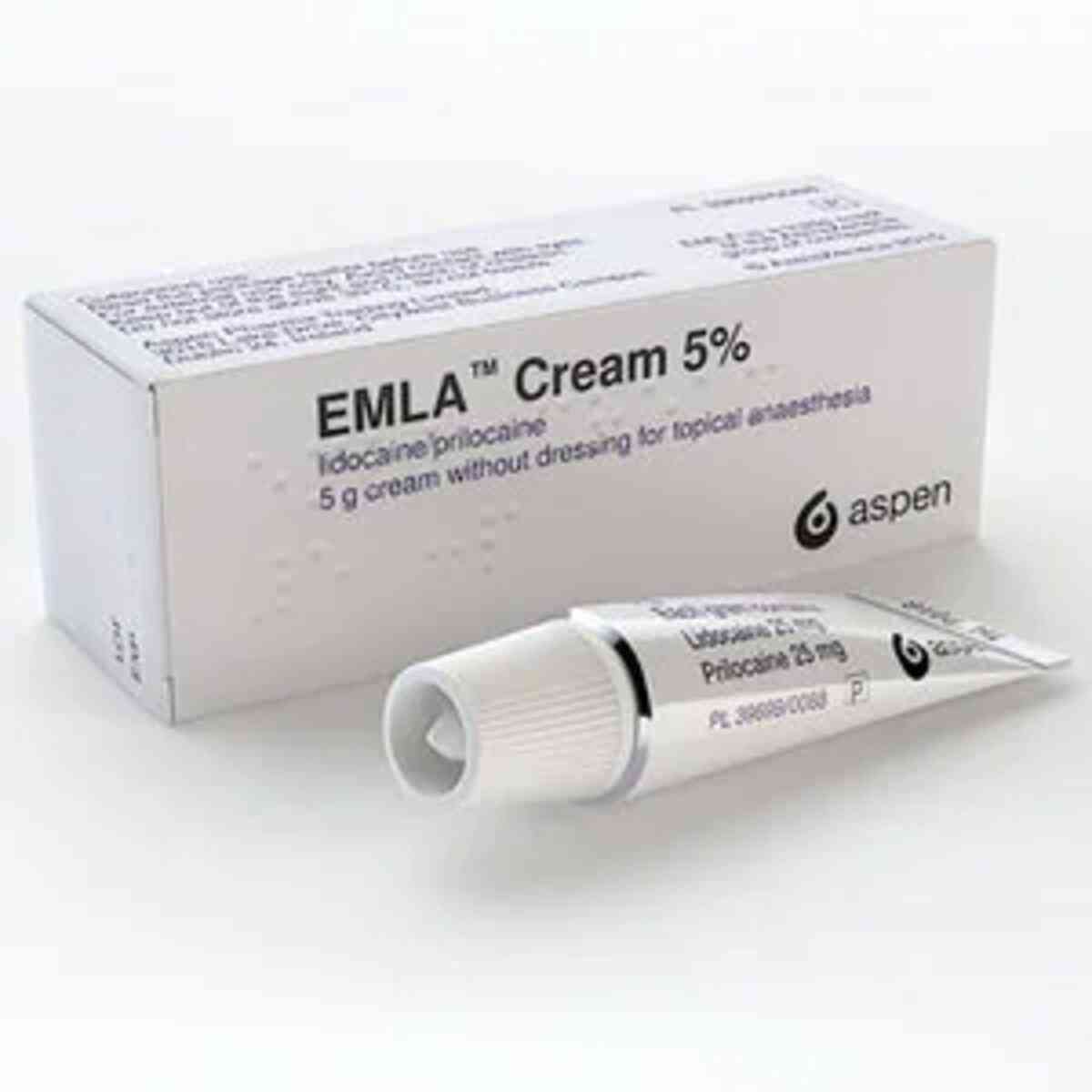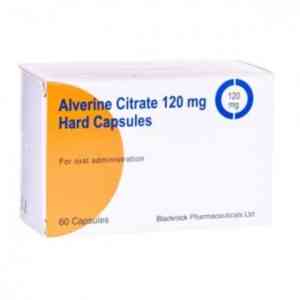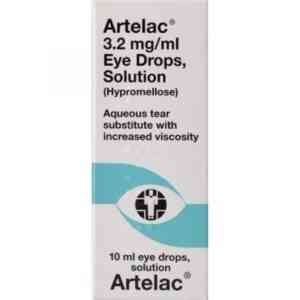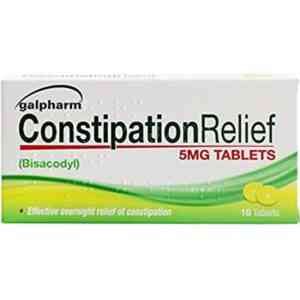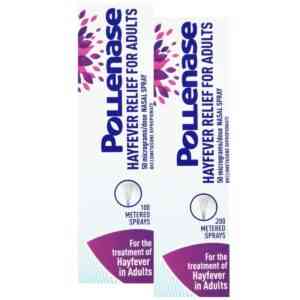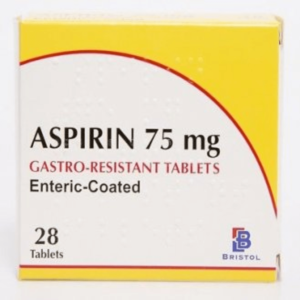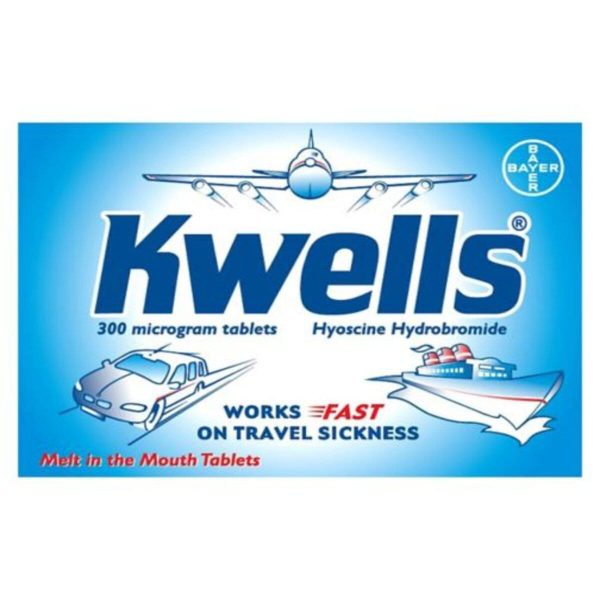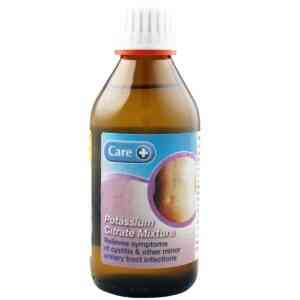EMLA Cream – Emla Numbing Cream, 5g
Local anaesthetics cream for numbing the surface of the skin for a short time
Suitable for Adults & Children of all ages
Active ingredients: lidocaine & Prilocaine
- To achieve the desired numbing effect, apply 60 minutes before a procedure.
- Temporarily numbs the skin and stops the pain to the touch
- Use for procedures that involve needles, including injections
Original price was: £5.20.£4.89Current price is: £4.89.
CompareCompare- To achieve the desired numbing effect, apply 60 minutes before a procedure.
- Temporarily numbs the skin and stops the pain to the touch
- Use for procedures that involve needles, including injections
- Description
- Brand
- How to Use
- Ingredients
- Side Effects
- Product Details
- Patient Information leaflet
- Questions & Answers
EMLA Cream – Emla Numbing Cream, 5g
Emla cream contains two active substances, lidocaine and prilocaine. These together create a numbing effect that works on the skin to provide pain relief during procedures like blood tests or injections when used correctly with Emla you may still experience feelings of pressure and touch but these should be much easier than if no medication was being applied at all!
Emla Numbing Cream is an effective way to numb the skin before a procedure. In most cases, it can take around one hour for Emla’s numbing effect but you’ll want make sure that read through your patient leaflet and apply as needed accordingly depending on circumstances!
The active ingredients will soak into the area covered with airtight transparent dressings which allow them enough time so they work properly – these types of dressing should also stay in place throughout any procedures done during this period (unless there are wounds being closed).
Uses of Emla Numbing Cream
Adults, Adolescents and Children
It can be used to numb the skin before:
- Having a needle put in (for example, if you are having an injection or a blood test).
- Minor skin operations.
- Numb the skin before Tattoos on the skin
Adults and Adolescents
It can also be used:
- To numb the genitals before
- Having an injection.
- Medical procedures such as removal of warts.
A doctor or nurse should apply EMLA Cream on the genitals.
Adults
It can also be used to numb the skin before:
- Cleansing or removal of damaged skin of leg ulcers.
For other purposes than application to intact skin, the product should be used only upon recommendation of a doctor, nurse or pharmacist.
What is Local anaesthesia Cream (Numbing Cream)?
Local anaesthesia numbing cream involves numbing an area of the body using a type of medication called local anesthesia. These medications ( numbing cream ) can be used to treat painful conditions, prevent pain during procedures or operations ,and relieve post-surgical discomfort after surgery . Unlike general Anaesthetics which make you lose consciousness completely; Local Anesthesia merely leaves people feeling relaxed without any loss in motor skill ability.
Local anaesthetics are a type of medication that stop the nerves in your body sending signals to be felt by you brain, so there’s no pain. This makes it easier for people who need quick relief from something like headaches or toothaches without having them spread any further than just where they’re applied; also means those treated with this numbing cream won’t feel anything after applying unless stimulus is applied directly onto site (such as tattooing).
It normally takes about five minutes before full sensation returns once a local anesthetic has worn off- but some may experience alertness right away due.
Can someone who is pregnant or breastfeeding use EMLA Cream?
Ask your doctor or pharmacist for advice before taking EMLA Cream if you are pregnant, planning a pregnancy, suspect you are pregnant or breast-feeding
Emla Numbing Cream Reviews
After using EMLA Cream, it’s helpful to let others know about your experience. Reviews of an item help other users know that medicines received have helped the condition it is claimed for, how well the treatment worked or any issues to be aware of. We invite our users to leave a review of both their treatment and of the service provided. Click on the reviews tab to see if there has been feedback on this item.
What is the price of Emla Numbing Cream in UK
The price of EMLA Cream is £4.89
Where can you buy EMLA Cream?
You can buy EMLA Cream at Dock Pharmacy Essex UK, UK Online Pharmacy.
Can you buy EMLA Cream Over the counter?
EMLA Cream is available to buy over the counter. You do not need a prescription to buy EMLA Cream but you might be asked some questions about your medical health when you add it to your basket.
Brand
Emla
How to Use
How to use Emla Cream
Always use EMLA Cream exactly as described in this leaflet or as your doctor, pharmacist or nurse has told you. Check with your doctor, pharmacist or nurse if you are not sure.
This product is available in different pack sizes. You will have been provided with a suitable pack size for your intended use.
Using EMLA Cream
- Where to put the cream, how much to use and how long to leave it on will depend on what it is used for. Half a 5 g tube corresponds to about 2 g EMLA Cream. One gram of EMLA Cream pressed out of a tube of 30g is approximately 3.5 cm.
- EMLA Cream should be used on the genitals only by a doctor or nurse.
- When EMLA Cream is used on leg ulcers, a doctor or nurse should supervise its use.
Do not use EMLA Cream on the following areas:
- Cuts, grazes or wounds, excluding leg ulcers.
- Where there is a skin rash or eczema.
- In or near the eyes.
- Inside the nose, ear or mouth.
- In the back passage (anus).
- On the genitals of children.
Persons frequently applying or removing cream should ensure that contact is avoided in order to prevent the development of hypersensitivity.
The protective membrane of the tube is perforated by applying the cap.
Use on the skin before small procedures (such as having a needle put in or minor skin operations):
- The cream is put on to the skin in a thick layer. Follow the instructions on the leaflet or those from your health care professional. In certain cases your healthcare professional has to apply the cream.
- The cream is then covered by a dressing [plastic wrap]. This is taken off just before the procedure starts. If you are applying the cream yourself, make sure that you have been given dressings by your doctor, pharmacist or nurse.
- The usual dose for adults and adolescents over 12 years is 2 g (grams).
- For adults and adolescents over 12 years put the cream on at least 60 minutes before the procedure (unless the cream is being used on the genitals). However, do not put it on more than 5 hours before.
Children
Use on the skin before small procedures (such as having a needle put in or minor skin operations) Application time: approx. 1 hour.
Newborn infants and infants 0-2 months: Up to 1 g of cream on a skin area not larger than 10 cm2 (10 square centimetres) in size. Application time: 1 hour, not more. Only one single dose should be given in any 24 hour period.
Infants aged 3-11 months: Up to 2 g of cream on a total skin area not larger than 20 cm2 (20 square centimetres) in size. Application time: approx 1 hour.
Children aged 1-5 years: Up to 10 g of cream on a total skin area not larger than 100 cm2 (100 square centimetres) in size. Application time: approx 1 hour, maximum 5 hours.
Children aged 6-11 years: Up to 20 g of cream on a total skin area not larger than 200 cm2 (200 square centimetres) in size. Application time: approx 1 hour, maximum 5 hours.
A maximum of 2 doses at least 12 hours apart may be given to children over 3 months of age in any 24 hour period.
EMLA Cream can be used on children with a skin condition called “atopic dermatitis” but the application time is then 30 minutes, no longer.
When you apply the cream, it is very important to exactly follow the instructions below:
1. Squeeze the cream into a mound where it is needed on your skin (for example where the needle is going to be put in). Half a 5 g tube corresponds to about 2 g EMLA Cream. One gram of EMLA cream pressed out of a tube of 30g is approximately 3.5 cm. Do not rub the cream in.
2. Peel the paper layer from the ‘centre cut-out’ of the non-adhesive side of the dressing (leaving a frame of paper).
3. Remove the cover of the adhesive side of the dressing.
4. Place the dressing carefully over the mound of cream. Do not spread the cream under the dressing.
5. Remove the paper backing. Smooth down the edges of the dressing carefully. Then leave it in place for at least 60 minutes if the skin has not been damaged. The cream should not be left in place for more than 60 minutes in children under 3 months or for more than 30 minutes in children with an itchy skin condition called ‘atopic dermatitis’. If the cream is used on the genitals or on ulcers, shorter applications times may be used as described below.
6. Your doctor or nurse will take the dressing off and remove the cream just before they do the medical procedure (for example just before the needle is put in).
Use on larger areas of newly shaven skin before outpatient procedures (such as hair removal techniques):
Follow the instructions from your healthcare professional.
The usual dose is 1 g of cream for each area of skin that is 10 cm² (10 square centimetres) in size, applied for 1 to 5 hours under a dressing. EMLA should not be used on an area of newly shaven skin larger than 600 cm² (600 square centimetres, e.g. 30 cm by 20 cm) in size. The maximum dose is 60 g.
Use on the skin before hospital procedures (such as split-skin grafting) that require deeper skin anaesthesia:
- EMLA can be used in this way on adults and adolescents over 12 years, but only under the supervision of a doctor or nurse.
- The usual dose is 1.5 g to 2 g of cream for each of area of skin that is 10 cm2 (10 square centimetres) in size.
- The cream is put on under a dressing for 2 to 5 hours.
Use on the skin prior to removal of wart-like spots called “mollusca”
- EMLA can be used on children and adolescents with a skin condition called “atopic dermatitis”.
- The usual dose depends on the child’s age and is used for 30 to 60 minutes (30 minutes if the patient has atopic dermatitis). Your doctor, nurse or pharmacist will tell you how much cream to use.
Use on genital skin before injections of local anaesthetics
- EMLA can be used in this way only by healthcare professionals on adults and adolescents over 12 years.
- The usual dose is 1 g of cream (1 g to 2 g for female genital skin) for each area of skin that is 10 cm2 (10 square centimetres) in size.
- The cream is put on under a dressing. This is done for 15 minutes on male genital skin and for 60 minutes on female genital skin.
Use on the genitals before minor skin surgery (such as removal of warts)
- EMLA can be used in this way only by healthcare professionals on adults and adolescents over 12 years
- The usual dose is 5 g to 10 g of cream for 10 minutes. A dressing is not used. The medical procedure should then start straight away.
Use on leg ulcers before cleaning or removal of damaged skin
EMLA can be used in this way in adults, but only under the supervision of a doctor or nurse.
- The usual dose is 1 g to 2 g of cream for each area of skin that is 10 cm2 up to a total of 10 g.
- The cream is put on under an airtight dressing such as plastic wrap. This is done for 30 to 60 minutes before the ulcer is to be cleansed. Remove the cream with cotton gauze and start cleansing without delay.
- EMLA can be used before cleansing of leg ulcers for up to 15 times over a period of 1-2 months.
- The EMLA tube is intended for single use when used on leg ulcers: The tube with any remaining contents should be discarded after each occasion that a patient has been treated.
If you use more EMLA Cream than you should
If you use more EMLA Cream than is described in this leaflet or more than your doctor, pharmacist or nurse has told you to, talk to one of them straight away, even if you do not feel any symptoms.
Symptoms of using too much EMLA Cream are listed below. These symptoms are unlikely to happen if EMLA Cream is used as recommended.
- Feeling light-headed or dizzy.
- Tingling of the skin around the mouth and numbness of the tongue.
- Abnormal taste.
- Blurred vision.
- Ringing in the ears.
- There is also a risk of ‘acute methaemoglobinaemia’ (a problem with blood pigment levels). This is more likely when certain medicines have been taken at the same time. If this happens, the skin becomes bluish-grey due to a lack of oxygen.
In serious cases of overdose, symptoms may include fits, low blood pressure, slowed breathing, stopped breathing and altered heartbeat. These effects may be life-threatening.
If you have any further questions on the use of this medicine, ask your doctor, pharmacist or nurse.
Ingredients
Active Ingredients of Emla Cream
What EMLA Cream 5% contains
- The active substances are lidocaine and prilocaine. Each gram of cream contains 25 mg of lidocaine and 25 mg of prilocaine.
- The other ingredients are macrogolglycerol hydroxystearate, Carbomer 974P, sodium hydroxide and purified water.
Side Effects
Side Effects of Emla Cream
Like all medicines, this medicine can cause side effects, although not everybody gets them.
Contact your doctor or pharmacist if any of the following side effects bother you or do not seem to go away. Tell your doctor about anything else that makes you feel unwell while you are using EMLA Cream.
If you experience any of the following effects while you are using EMLA Cream, stop using it and check with your doctor or pharmacist as soon as possible:
- Allergic reactions, which in rare cases may develop into anaphylactic shock (skin rash, swelling, fever, respiratory difficulties and fainting) during treatment of skin, genital mucosa or leg ulcers.
- Methaemoglobinaemia (blood disorder), which in rare cases may develop during treatment of the skin, and may cause signs and symptoms of hypoxaemia (abnormally low level of oxygen in the blood). Methaemoglobinaemia is more frequently observed, often in connection with overdose, in newborn infants and infants aged 0 to 12 months.
A mild reaction (paleness or redness of the skin, slight puffiness, initial burning or itching) may occur on the area on which EMLA is used. These are normal reactions to the cream and the anaesthetics and will disappear in a short while without any measures being needed.
If you experience any troublesome or unusual effects while you are using EMLA, stop using it and check with your doctor or pharmacist as soon as possible.
Common (may affect up to 1 in 10 people)
- Transient local skin reactions (paleness, redness, swelling) in the treated area during treatment of skin, genital mucosa or leg ulcers.
- An initially mild sensation of burning, itching or warmth at the treated area during treatment of genital mucosa or leg ulcers.
Uncommon (may affect up to 1 in 100 people)
- An initially mild sensation of burning, itching or warmth at the treated area during treatment of the skin.
- Numbness (tingling) in the treated area during treatment of genital mucosa.
- Irritation of the treated skin during treatment of leg ulcers.
Rare (may affect up to 1 in 1,000 people)
- Small dot-shaped bleeding on the treated area (particularly on children with eczema after longer application times) during treatment of the skin.
- Irritation of the eyes if EMLA Cream accidentally comes into contact with them during treatment of the skin.
Reporting of side effects
If you get any side effects, talk to your doctor, pharmacist or nurse. This includes any possible side effects not listed in this leaflet. You can also report side effects directly via Yellow Card Scheme, Website: www.mhra.gov.uk/yellowcard or search for MHRA Yellow Card in the Google Play or Apple App store. By reporting side effects you can help provide more information on the safety of this medicine.
Product Details
What you need to know before you use EMLA Cream
Do not use EMLA Cream:
- if you are allergic to lidocaine or prilocaine, other similar local anaesthetics or any of the other ingredients of this medicine (listed in section 6).
Warnings and precautions
Talk to your doctor, pharmacist or nurse before using EMLA Cream:
- if you or your child have a rare inherited illness that affects the blood called ‘glucose-6-phosphate dehydrogenase deficiency’.
- if you or your child have a problem with blood pigment levels called “methaemoglobinaemia”.
- Do not use EMLA Cream on areas with skin rash, cuts, grazes or other open wounds, with the exception of a leg ulcer. If any of these problems are present, check with your doctor, pharmacist or nurse before using the cream.
- if you or your child have an itchy skin condition called ‘atopic dermatitis’, a shorter application time may be sufficient. Application times of longer than 30 minutes may result in an increased incidence of local skin reaction (see also section 4 “Possible side effects”).
- if you take particular products for heart rhythm disorders (class III antiarrhythmics, such as amiodarone). In that case the doctor will monitor your heart function.
Due to the potentially enhanced absorption on the newly shaven skin, it is important to follow the recommended dosage, skin area and application time.
Avoid getting EMLA Cream in the eyes, as it may cause irritation. If you accidentally get EMLA Cream in your eye, you should immediately rinse it well with lukewarm water or salt (sodium chloride) solution. Be careful to avoid getting anything in your eye until feeling returns.
EMLA Cream should not be applied to an impaired eardrum.
When you use EMLA Cream before being vaccinated with live vaccines (e.g. tuberculosis vaccine), you should return to your doctor or nurse after the time period requested to follow-up the vaccination result.
Children and adolescents
In infants/newborn infants younger than 3 months a transient, clinically not relevant increase in blood pigment levels “methaemoglobinaemia” is commonly observed up to 12 hours after EMLA Cream is put on.
The effectiveness of EMLA Cream when drawing blood from the heel of newborn infants or to provide adequate analgesia for circumcision could not be confirmed in clinical studies.
EMLA Cream should not be applied to the genital skin (e.g. penis) and genital mucosa (e.g. in the vagina) of children (below 12 years of age) owing to insufficient data on absorption of active substances.
EMLA Cream should not be used in children younger than 12 months of age who are being treated at the same time with other medicines that affect blood pigment levels “methaemoglobinaemia”. (e.g. sulphonamides, see also Section 2 Other medicines and EMLA Cream).
EMLA Cream should not be used in preterm newborn infants.
Other medicines and EMLA Cream
Tell your doctor, pharmacist or nurse if you are using/ taking, have recently used / taken or might use /take any other medicines. This includes medicines that you buy without a prescription and herbal medicines. This is because EMLA Cream can affect the way some medicines work and some medicines can have an effect on EMLA Cream.
In particular, tell your doctor, pharmacist or nurse if you or your child have recently used or been given any of the following medicines:
- Medicines used to treat infections, called ‘sulphonamides’ and nitrofurantoin.
- Medicines used to treat epilepsy, called phenytoin and phenobarbital.
- Other local anaesthetics.
- Medicines to treat an uneven heartbeat, such as amiodarone.
- Cimetidine or beta-blockers, which may cause an increase in the blood levels of lidocaine. This interaction is of no clinical relevance in short-term treatment with EMLA Cream in recommended doses.
Pregnancy, breastfeeding and fertility
If you are pregnant or breastfeeding, think you may be pregnant or are planning to have a baby, ask your doctor or pharmacist for advice before using this medicine.
Occasional use of EMLA Cream during pregnancy is unlikely to have any adverse effects on the foetus.
The active substances in EMLA Cream (lidocaine and prilocaine) are passed into breast milk. However, the amount is so small that there is generally no risk to the child.
Animal studies have shown no impairment of male or female fertility.
Driving and using machines
EMLA Cream has no or negligible influence on the ability to drive and use machines when used at the recommended doses.
EMLA Cream contains macrogolglycerol hydroxystearate
Macrogolglycerol hydroxystearate may cause skin reactions.
How to store EMLA Cream
- Keep this medicine out of the sight and reach of children.
- Do not store above 30°C and do not freeze.
- Do not use this medicine after the expiry date which is stated on the package and tube after ‘EXP:’. The expiry date refers to the last day of that month.
- Do not throw away any medicines via wastewater or household waste. Ask your pharmacist how to throw away medicines you no longer use. These measures will help protect the environment.
Patient Information leaflet
Click here for the Patient Information leaflet
Please read before using the product
Questions and answers of the customers
There are no questions yet, be the first to ask something for this product.
Other Products From This Seller
Original price was: £31.00.£10.95Current price is: £10.95.
Chopard Wish Eau de Parfum 30ml Sweet and Oriental Fragrance for Women Indulge in elegance with Chopard Wish Eau de Parfum, 30ml, a sweet and oriental fragrance for women that exudes sophistication and charm. This luxurious scent by Chopard is inspired by the allure of wishes and dreams, blending warm and sensual notes for a […]
Learn MoreOriginal price was: £31.00.£10.95Current price is: £10.95.
- Availability: in stock
Original price was: £84.00.£26.95Current price is: £26.95.
Vera Wang Lovestruck Eau de Parfum 100ml Romantic Floral and Feminine Fragrance Celebrate romance and femininity with Vera Wang Lovestruck Eau de Parfum, 100ml, a romantic floral fragrance for women inspired by love at first sight. This enchanting scent captures the essence of passion and charm with a blend of delicate florals and sweet fruity […]
Learn MoreOriginal price was: £84.00.£26.95Current price is: £26.95.
- Availability: in stock
Original price was: £25.00.£9.95Current price is: £9.95.
Gloria Vanderbilt Vanderbilt EDT Spray, 100ml Timeless Floral Elegance Embrace timeless elegance with Gloria Vanderbilt Vanderbilt Eau De Toilette Spray, 100ml, a sophisticated floral fragrance for women that captures grace, femininity, and charm. Designed for confident and classic women, this iconic scent by Gloria Vanderbilt combines delicate floral notes with warm undertones for a long-lasting […]
Learn MoreOriginal price was: £25.00.£9.95Current price is: £9.95.
- Availability: in stock
Original price was: £34.00.£15.95Current price is: £15.95.
Elizabeth Arden Splendor Eau De Parfum, 125 ml Sophisticated Floral Fragrance Indulge in timeless elegance with Elizabeth Arden Splendor Eau De Parfum, 125ml, a sophisticated floral fragrance for women that exudes grace and charm. Inspired by moments of pure splendor, this iconic scent by Elizabeth Arden combines floral and woody notes for a captivating and […]
Learn MoreOriginal price was: £34.00.£15.95Current price is: £15.95.
- Availability: in stock
Original price was: £44.00.£19.95Current price is: £19.95.
Elizabeth Arden Red Door Eau De Toilette Spray 50ml Timeless Floral Elegance Step into timeless elegance with Elizabeth Arden Red Door Eau De Toilette Spray, 50ml, a classic floral fragrance for women that has become an icon of sophistication. Inspired by the legendary Red Door Spa, this luxurious scent captures the essence of femininity with […]
Learn MoreOriginal price was: £44.00.£19.95Current price is: £19.95.
- Availability: in stock
Original price was: £55.00.£19.95Current price is: £19.95.
Estee Lauder Pleasures EDP 30ml Fresh and Floral Fragrance for Women Experience the timeless elegance of Estee Lauder Pleasures Eau de Parfum, 30ml, a fresh and floral fragrance for women that captures the beauty of life’s simplest pleasures. This classic scent by Estee Lauder is designed for modern, sophisticated women who appreciate light, airy fragrances. […]
Learn MoreOriginal price was: £55.00.£19.95Current price is: £19.95.
- Availability: in stock
Original price was: £34.99.£19.95Current price is: £19.95.
Sarah Jessica Parker Lovely You Eau de Parfum Spray 100ml Sophisticated Floral and Musky Fragrance Step into timeless elegance with Sarah Jessica Parker Lovely You Eau de Parfum Spray, 100ml, a floral and musky fragrance for women that embodies sophistication and modernity. Created by Sarah Jessica Parker, this iconic scent celebrates femininity with a delicate […]
Learn MoreOriginal price was: £34.99.£19.95Current price is: £19.95.
- Availability: in stock
Original price was: £47.00.£29.95Current price is: £29.95.
Kenzo Flower Eau De Toilette Spray 30ml Fresh and Floral Fragrance for Women Experience the delicate beauty of nature with Kenzo Flower Eau De Toilette Spray, 30ml, a fresh and floral fragrance for women inspired by the elegance of the red poppy. This iconic scent combines floral and powdery notes to create a delicate and […]
Learn MoreOriginal price was: £47.00.£29.95Current price is: £29.95.
- Availability: in stock
Original price was: £47.00.£29.95Current price is: £29.95.
Jimmy Choo Eau de Parfum 40ml Sweet and Floral Fragrance for Women Step into a world of luxury and confidence with Jimmy Choo Eau de Parfum, 40ml, a sweet and floral fragrance for women that embodies modern glamour. Designed for women who exude confidence and style, this Jimmy Choo perfume for women blends fruity and […]
Learn MoreOriginal price was: £47.00.£29.95Current price is: £29.95.
- Availability: in stock
Original price was: £52.00.£23.95Current price is: £23.95.
Issey Miyake L’Eau d’Issey Pure Nectar Eau de Parfum Spray, 30ml Floral and Aquatic Elegance Discover the purity of nature with Issey Miyake L’Eau d’Issey Pure Nectar Eau de Parfum Spray, 30ml, a floral and aquatic fragrance for women that encapsulates elegance and sophistication. This Issey Miyake perfume for women combines fresh and delicate notes […]
Learn MoreOriginal price was: £52.00.£23.95Current price is: £23.95.
- Availability: in stock

